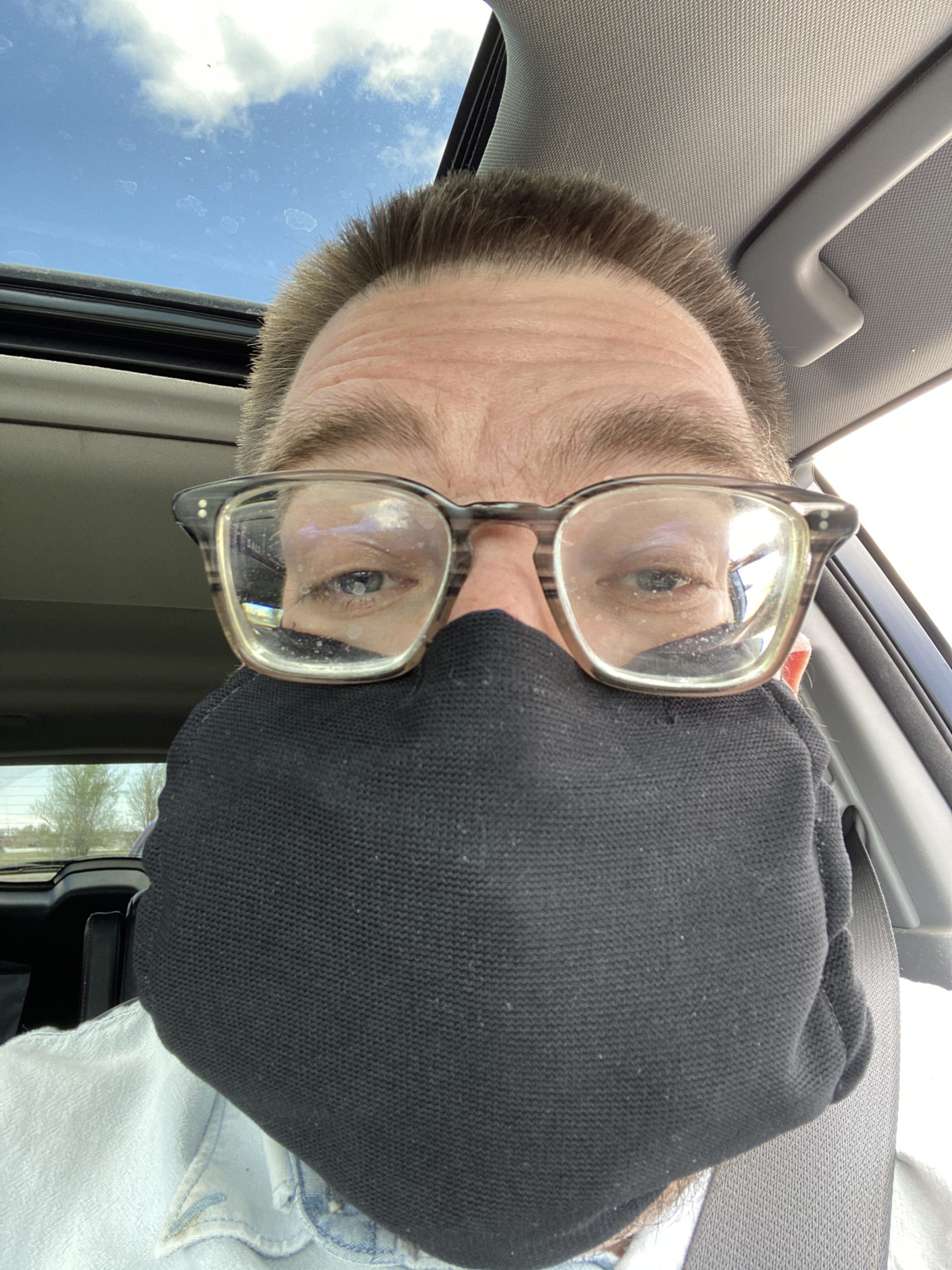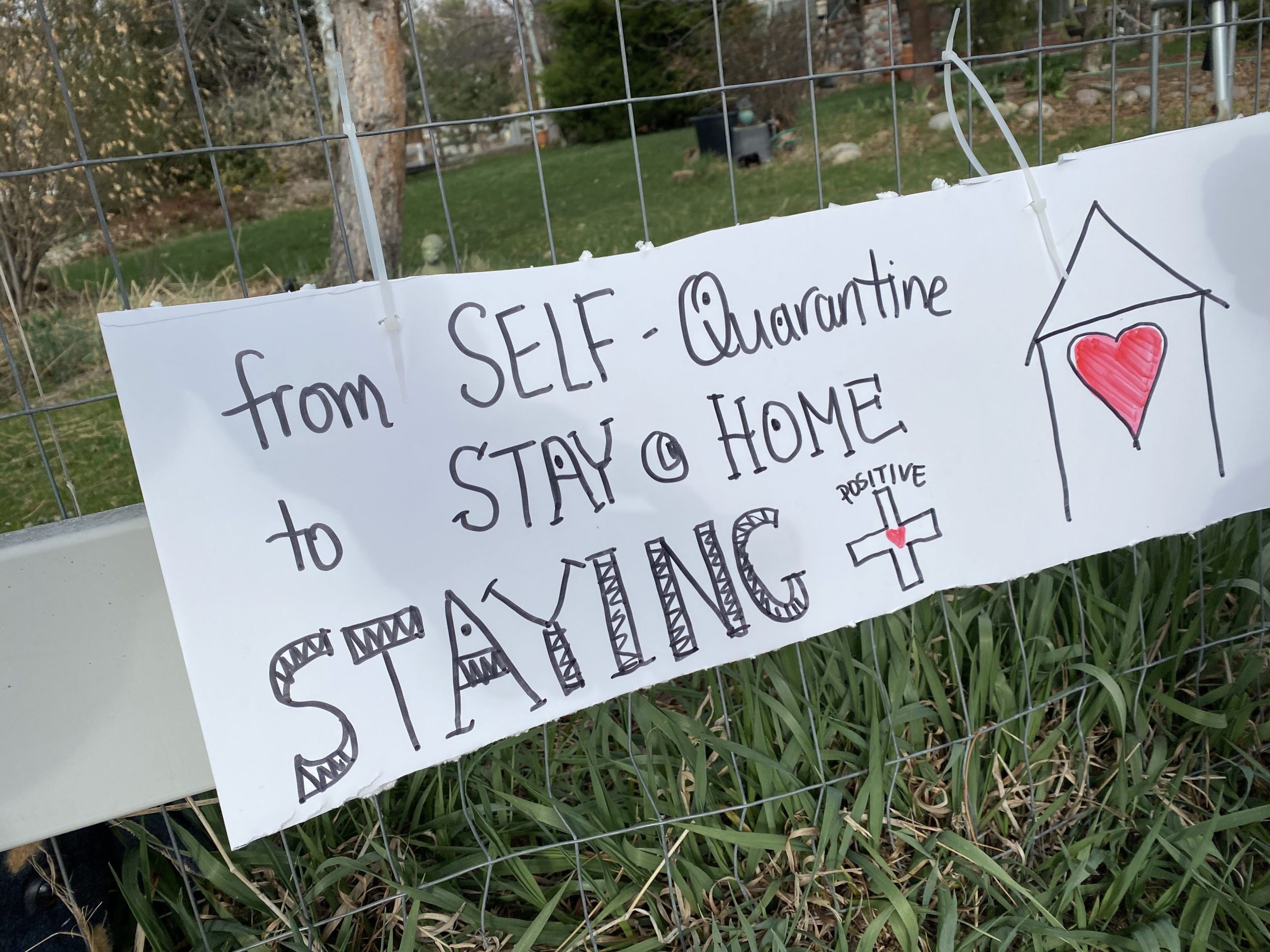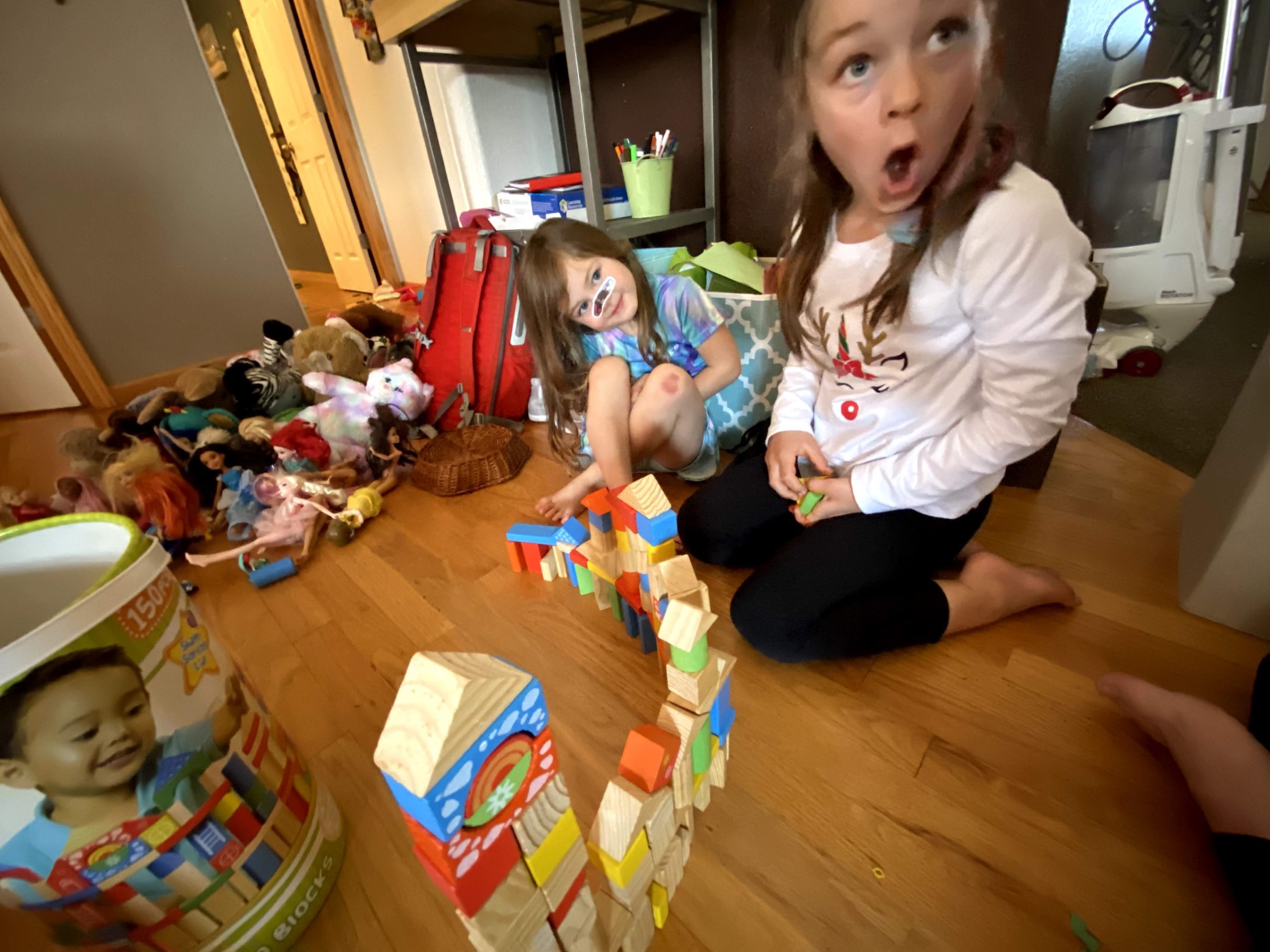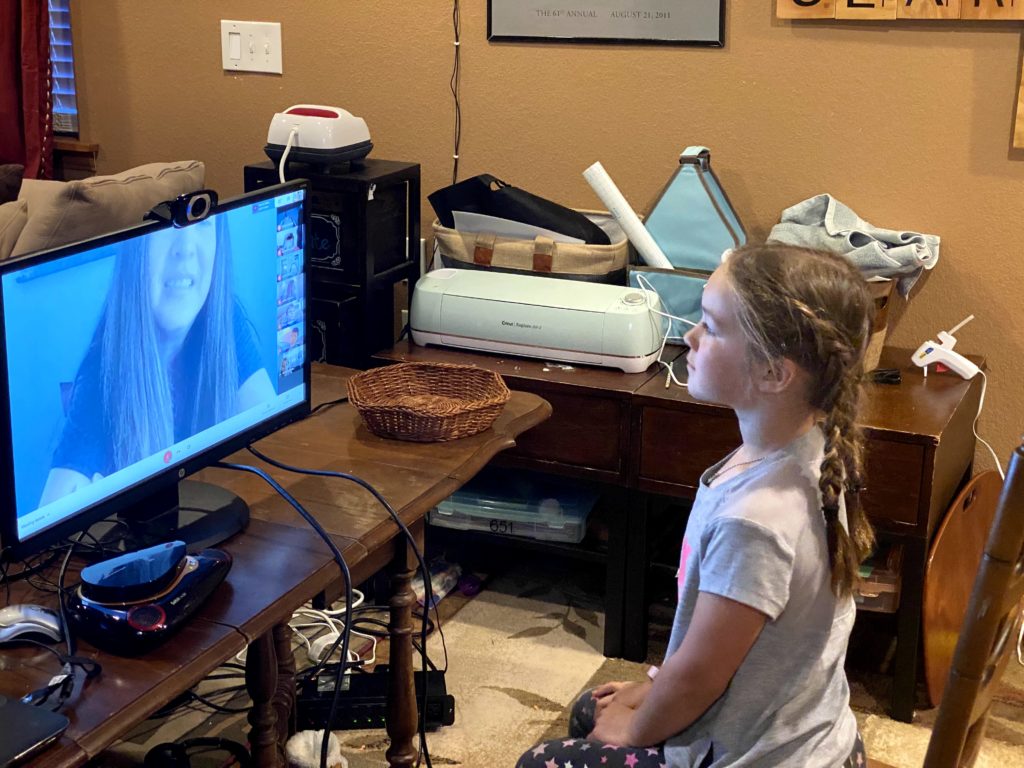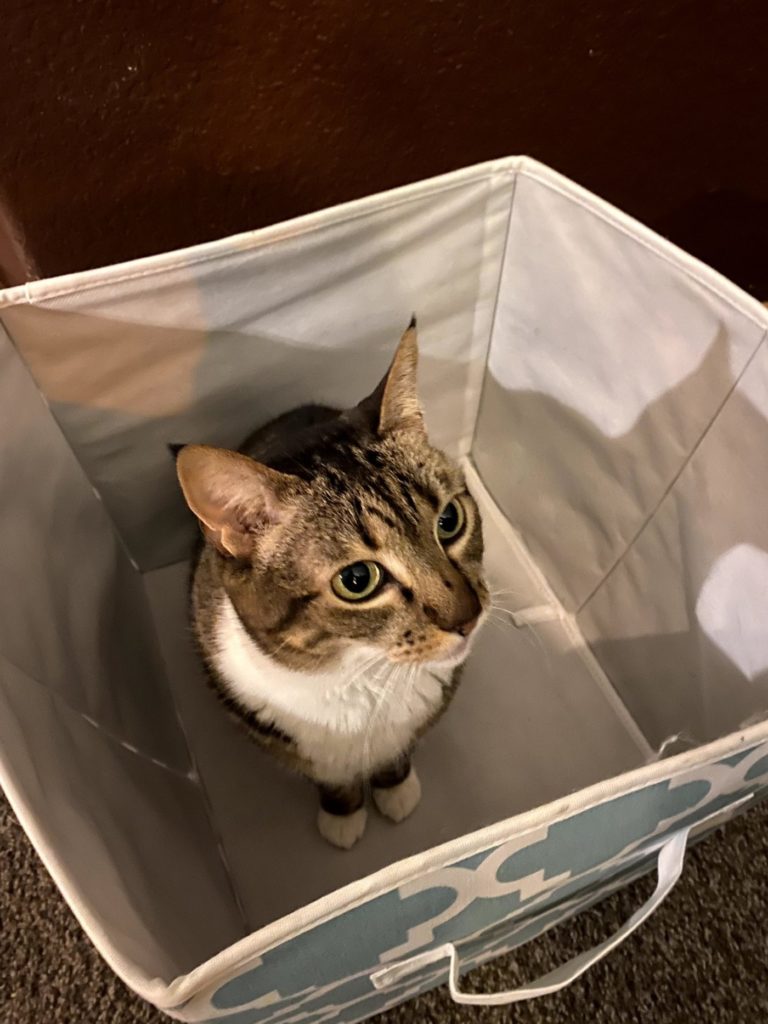After two months with everything shut down, we’re all trying to creep towards “the new normal” of life with COVID-19. There seems to be an abundance of anxiety from all different places. There are those worried that things are being rushed open too quickly with efforts that will be met with sudden spikes of infection, hospitalization, and deaths. There are those who are anxious to get businesses open get the economy moving forward, impatient with the slow rate of progress. There also seem to be those who are not accepting “the new normal”, whether they think the reaction is overblown, or that current mitigation suggestions are not relevant.
As we creep out of lock-down, everyone is drawing their own line of comfort and risk, then see others crossing those lines – whether it’s by strangers, neighbors, friends, or even family members. We’re seeing a vast spectrum of comfort levels being disrupted. On one hand, there are those that feel we’re moving too fast in opening things up and don’t feel comfortable yet leaving the house. On the opposite end, we are witnessing performative virtue signaling in people proudly announcing that they won’t wear masks, actively supporting businesses that are defying the loosened restrictions. It comes across as a performative machismo coated in ignorance, that just seems gross.
In our community, you see people trying to be responsible to an extent. People out walking or biking may not be wearing masks but seem to be trying to keep an appropriate physical distance. However when you go to a store or another public place, you see nearly everyone wearing a mask – now mostly by mandate, but before those dropped I would say 85% of people work a mask during my weekly grocery store run.
Our own neighborhood has been interesting. You see more and more kids out co-mingling, mostly in small groups, but you get this sense of the social bubble expanding as people are now having tertiary social connections through their expanded encounters. I can’t help but still feel a sense of nervousness when I see it.
Our own kids have been back at in-home daycare for over two weeks now, and we’ve felt that was a pretty big expansion of our social connections (going from our own family to now having connections with four other families). The girls are also playing with another neighborhood friend, as well. At this point, that’s been the limit to expanding our bubble, through small baby steps.
At the same time, it’s important to remember that these lines and bubbles are all relative. Colorado now has people able to go back into office settings at 50% capacity, and I’m seeing some of my friends on social media back in those settings (albeit with masks and trying to maintain the social distancing). Then it’s important to remember that we have essential workers that have been in the thick of it all along in the form of grocery workers, delivery drivers, and workers in other services that never shut down and have been living in this tension for months on end.
Everyone has their own backstory, their own circumstances, their own risk assessment, their own way of dealing with it. Right now it’s too easy to pass judgment on people without having the full story. We’re seeing a lot of public shaming going on in social media, with people jumping to conclusions. Sometimes it is warranted, but it does seem that much of it is uncalled for. The reality is that everyone is trying to do what they can to get by and figure out the new normal – or at least the new normal for now.
